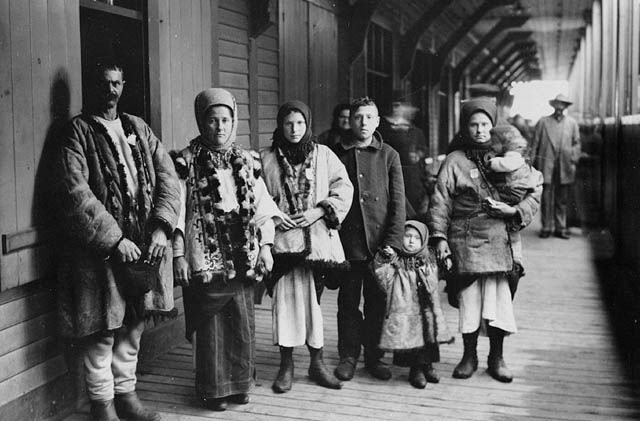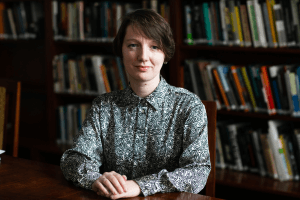Authors: Dr. Oleksii Chebotarov, Dr. Vladyslava Moskalets
East-Central Europe played a vital role in the global history of mass migration and experienced an enormous variety of mobility processes in the long 19th and short 20th centuries. For instance, mass emigration from the Russian and Austro-Hungarian Empires and the Soviet Union, human trafficking, labor migration, forced migration during WWI and WWII, refugee crises and asylum, travel, and professional mobility. The voluminous scholarship on this chapter of migration history has lots of gaps and, notably, is almost absent from history curricula. This introductory course broadens our lens to examine the role of migration and mobility for the places where it occurred as well as the experiences of migrants, displaced persons, refugees, and travelers.
Questions we will explore include: What are the factors of migration, and who are the actors of migration processes? What are the mechanisms of migration and mobility? How do politics and economics shape migration? How does migration connect and change distant locations? How do wars, instability and violence change the nature of migration? How much can gender, race, or class affect migration processes? Who creates migration narratives, and whether we can hear the voices of migrants themselves? What is the place of historical and contemporary Ukraine on the world migration map?
To pursue these questions, we will acquire a toolbox for making the migration and mobility history. This involves analyzing and defining how people, moving once in a lifetime or moving all their lives, became a part of mass processes that connect different places worldwide. We will look not only at the global scales and figures but also at the everyday practices that were eliminated, adopted, shared or co-created by people on the move. This semester-long journey in migration history will help you gain qualifications that will be useful for your future work as an academic, teacher, or practitioner.
All students are expected to read assignments, participate actively in discussions on readings, and submit the course paper. The final grade will consist of the student’s activity during classes and guest lectures (40%), student presentation (10%) and the course paper (50%). The paper (research or exploratory essay) must integrate the scholarship studied in the course and be a self-authored original text in English, 2,000–3,000 words long.
Department of History, Ukrainian Catholic University, Fall Semester 2022/23
Course program



